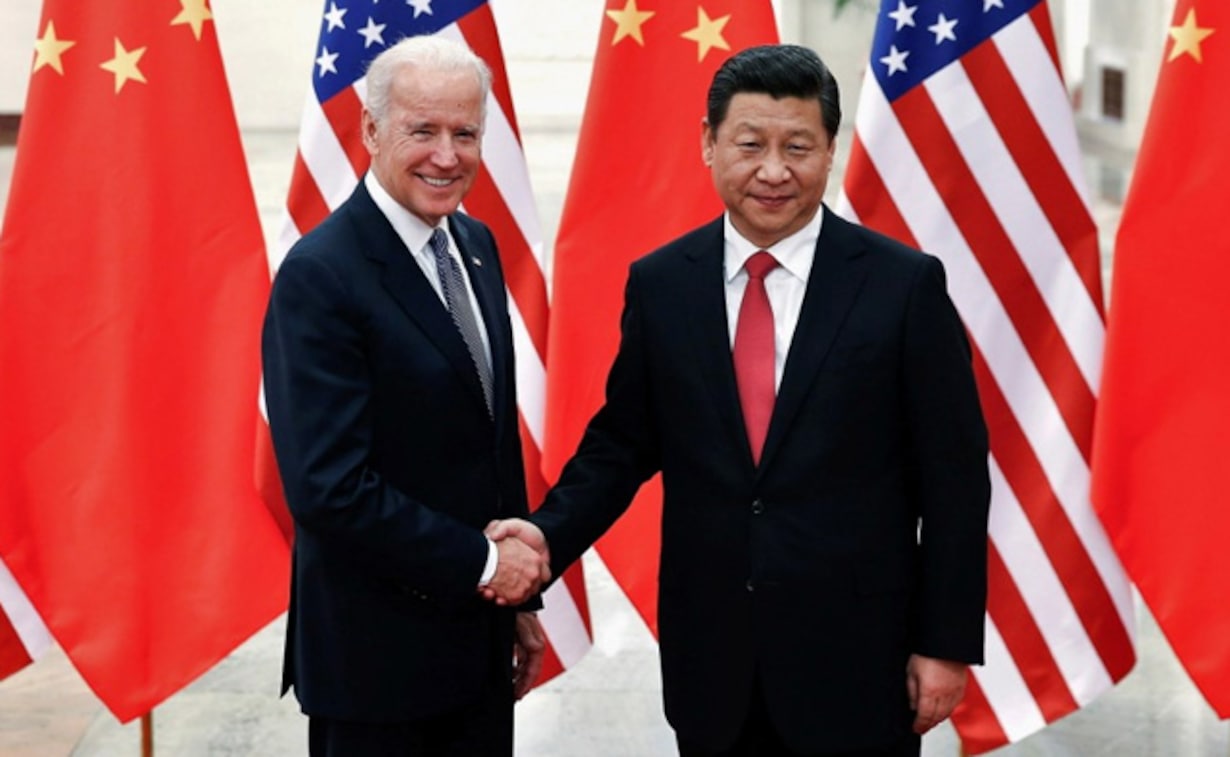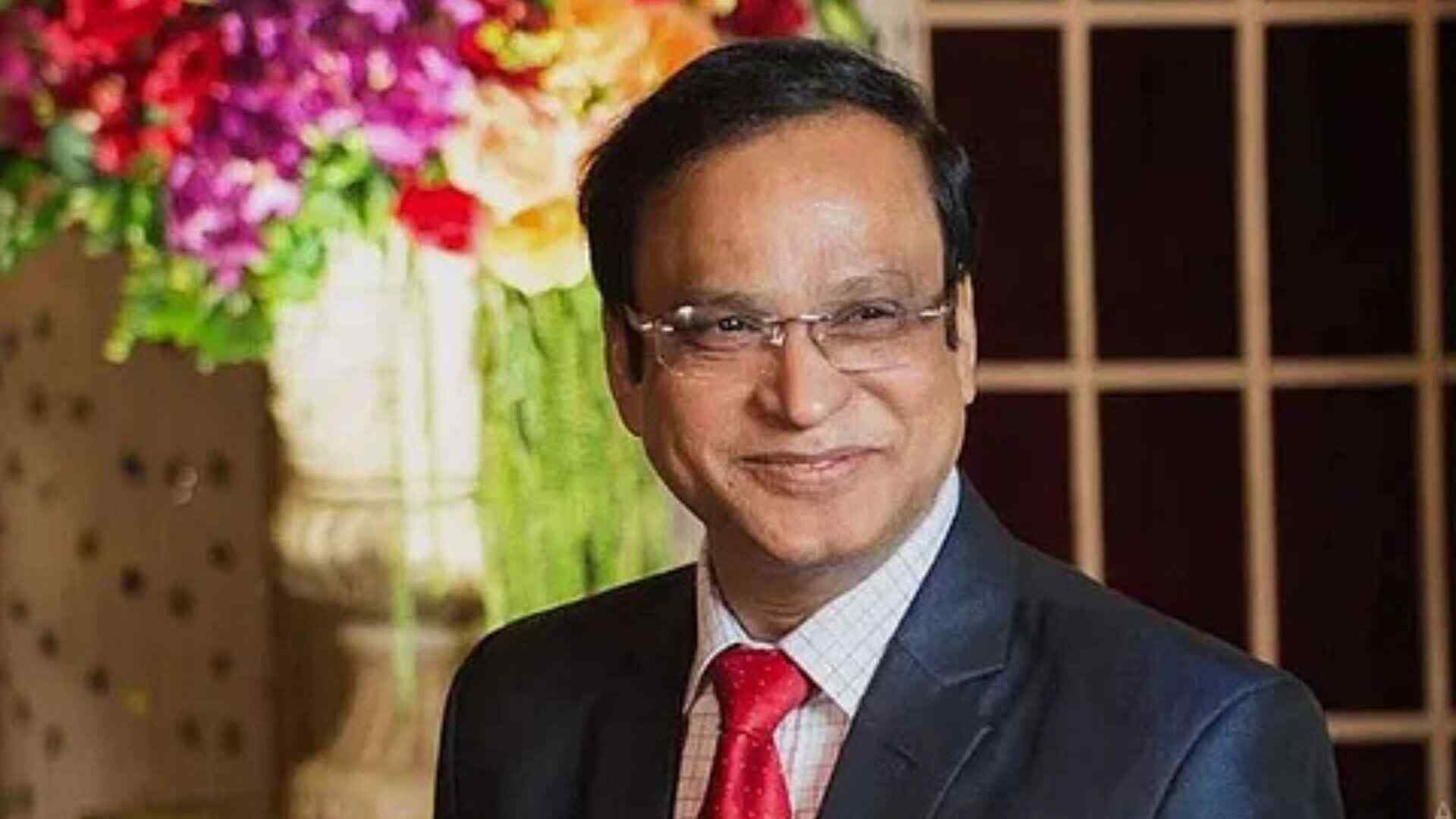July 29 marks the approval and announcement of the National Education Policy (NEP 2020). The event is celebrated with great gusto blowing the trumpet that the nation could finally have a nationalistic new education policy deeply rooted in the ancient tradition and culture of the country.
The first anniversary was marked by the address of the Prime Minister who recounted numerous progress in the implementation of the policy. He underlined that the ‘generation that will reap benefits of NEP will lead the nation’. The occasion was used to launch or announce many new programmes and schemes, some stated in the policy some not.
The zenith was the introduction of Engineering programmes in regional languages and the way in which Artificial Intelligence would overcome the paucity of technical literature in the Indian languages. Seamless mobility of students across institutions, programmes, and modes of delivery and the launch Academic Bank of Credit (ABC) has been another spotlight. National Digital Education Architecture (NDEAR) and the National Technology forum (NETF) were also launched on the occasion.
The idea of the digital university was showcased as the most innovative reform in higher education. It was given to believe that the digital delivery of higher education would serve the deprived and downtrodden.
Internationalisation of higher education enabling foreign universities to set up campuses in India has also been the flavour of the festivities. This was presented to the students as a mega opportunity to access world-class higher education at a fraction of the cost without travelling abroad.
Continuing high pitch tradition, the second anniversary of the NEP 2020 was inaugurated by the Union Home Minister, who underscored that the public education system was the basis of a vibrant democratic society. Discussions on the occasions were high on hopes. Much of the focus has been on what the policy prescribes and proscribes and how many benefits would it yield in the yonder.
Structural and academic reforms were highlighted. Attaining expansion, equity, quality, and excellence in higher education through digital delivery were particularly eulogised. Strangely, the anniversary festivities have been taciturn (silent) about the progress of implementation of the regulatory reforms in higher education as so vociferously argued by the NEP 2020, as well as by many other committees and commissions before.
The success of NEP 2020 rests on revamping the regulation and governance of education at all levels and across all sectors. It presents elaborate regulatory frameworks for school, higher education, Open Distance Learning (ODL), teacher education and enabling foreign universities to set up campuses in India.
In the context of teacher education, the policy bemoans that the “regulatory framework has neither been able to curb malpractices nor enforce basic standards for quality and has, in fact, negatively affected excellence and innovation”. It considers the revitalisation of the regulatory system urgent to be able to raise standards and restore integrity, credibility, efficacy and high quality.
A “light but tight” regulatory framework is one of the fundamental principles guiding the policy to “ensure integrity, transparency and efficiency of the educational system”. It calls for immediate changes in governance and regulation. Speaking specifically of higher education, the National Education Policy (NEP 2020) bewails that the ineffective regulatory system has been a major problem that higher education in India is currently faced with.
It emphasises that the “regulation of higher education has been too heavy-handed…with too little effect”. It has been disempowering in nature leading to the concentration of power in a few hands and that too without any accountability. The regulatory system, in the words of the policy, “is in need of a complete overhaul in order to re-energise the higher education sector and enable it to thrive”. The policy pitches for establishing a new Higher Education Commission of India (HECI) with four verticals. The National Higher Education Regulatory Council (NHERC) is proposed to be a single common regulator for the higher education sector as a whole, except for medical and legal education. The National Accreditation Council (NAC) conceptualised as a meta-accrediting body is to recognise accrediting agencies whereas the Higher Education Grant Council (HEGC) would disburse scholarships and development grants and finance higher education with transparency.
The General Education Council (GEC) is expected to frame academic standards by specifying learning outcomes, graduate attributes, higher education qualification framework, and norms and procedures for credit transfer and student mobility.
The existing professional councils are to become professional standards-setting bodies and are to be members of the GEC. The policy was aware that these would entail a relook and repeal of existing Acts and restructuring of various existing regulatory bodies. Still, it felt that these reforms were necessary for the health of higher education.
It was, therefore, no surprise that two consecutive budget speeches promised to establish the proposed single regulatory body in higher education.
Besides, reforming the regulatory framework for higher education has been a dominant theme for many commissions and committees over the past two decades. The idea of a single regulatory body was first mooted by the National Knowledge Commission in 2007.
Arguing that higher education was over-regulated and under-governed, it pitched for setting up an Independent Regulatory Authority (IRAHE). Yashpal Committee on the Revival and Rejuvenation of Higher Education too recommended setting up a National Commission of Higher Education and Research (NCHER). At one point in time, the idea of a single regulatory body replacing all others was promoted as the Higher Education and Empowerment Authority (HEERA). Considering the importance attached to the regulatory reforms by the new education policy, it is surprising that this critical reform has been taking so much time to fructify.
The delay is giving the impression as if the government has given goodbye to the idea of regulatory reforms in higher education. Or is it that changing the regulatory architecture for higher education is proving more challenging than imagined by the policy planners?
Selective implementation of a few chosen sections and provisions of the policy has been a bane of the higher education system in the country. The policy document presents a package of provisions which are tightly interwoven into a whole. The policy has been approved as a package and must be implemented as such for the expected outcome.
Furqan Qamar, former Adviser for Education in the Planning Commission, is a Professor of Management at Jamia Millia Islamia, New Delhi. Views expressed are personal.















